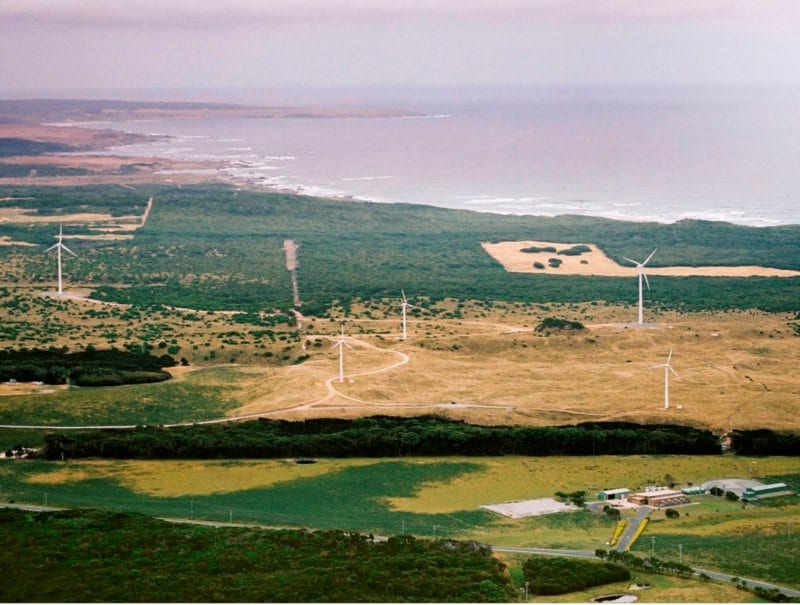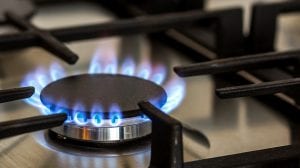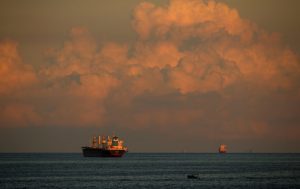Fortescue Future Industries (FFI) has struck a deal to swap out diesel for renewables and green hydrogen at a relaunched tungsten mine in Tasmania.
Group 6 Metals has signed a Memorandum of Understanding (MoU) for FFI to “explore opportunities” to potentially power its Dolphin Tungsten Mine on King Island in Tasmania, after its original option fell through.
Group 6 Metals, which used to be known as King Island Scheelite, is looking to reopen the Dolphin mine some 31 years after it closed down following a period of too-low tungsten prices. The company says commissioning and first production should happen this year.
At the same time, Hydro Tasmania secured a $2 million grant from the Tasmanian government in order to upgrade the capacity of the 11kv transmission line to the Dolphin mine.
But last week Group 6 said due to “several [unspecified] commercial and operational factors” that deal had fallen through, and the remaining $1.6 million is going towards a diesel generator to power the site, and look at other options.
FFI has stepped into the breach. It is investigating a wind farm, a hydrogen plant and a possible fertiliser plant nearby in order to supply electricity, heat energy and hydrogen to the mine, as well as look at processing higher value tungsten.
“As permission has been received to repurpose the grant funds… we expect to keep costs at a minimum,’ said Group 6 Metals managing director Keith McKnight in a statement.
“We are also excited to further investigate the potential that this project could unlock for the Company to expand into developing value-added products beyond tungsten concentrate.”
“We expect developing a renewable power solution to extend Group 6 Metal’s competitive advantage beyond the high grade and long life of the Dolphin deposit and into the realm of ‘Green Tungsten’, positioning the company as a global critical minerals leader with regard to genuine clean supply chains.”
FFI Director East Coast and New Zealand, Eva Hanly, says the possibility of supplying energy to a mine site is a “really exciting prospect for us” as is the option to use surplus power to make green hydrogen, and potentially even open a local hydrogen industry.
FFI is spending millions on making green hydrogen a reality, and is looking at several large projects in the US to create green hydrogen, as well as pursuing opportunities in Europe and elsewhere.
It is planning a manufacturing plant in Gladstone, which it is now going alone on after New York based partner Plug Power pulled the plug on the deal in January. And it has an eye on converting an old coal mine in the US to green hydrogen production with partner Puget Sound Energy.
King Island, itself, has a majority renewables electricity supply, courtesy of an off-grid power system co-developed by Hydro Tasmania and its subsidiary Entura that has so far slashed the Island’s annual diesel consumption by 65 per cent.
The King Island Renewable Integration Project (KIREIP) currently combines 2.5MW of wind generation, 470kW of solar PV, two 1 MVA flywheels, a 3MW/1.5MWh battery, and a 1.5MW dynamic resistor and an aggregated fast customer demand response system, managed through an advanced hybrid control system.
Late last year Hydro Tasmania said it had the all-clear to boost the project further, with the addition of a new, 1.5MW solar farm.









